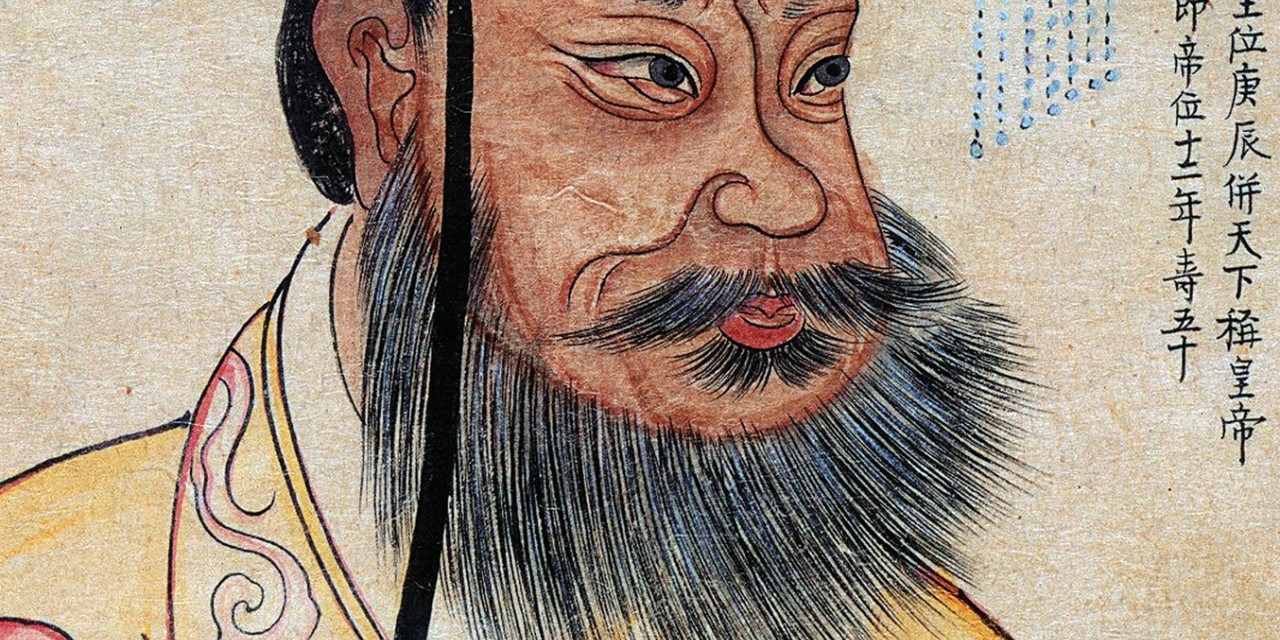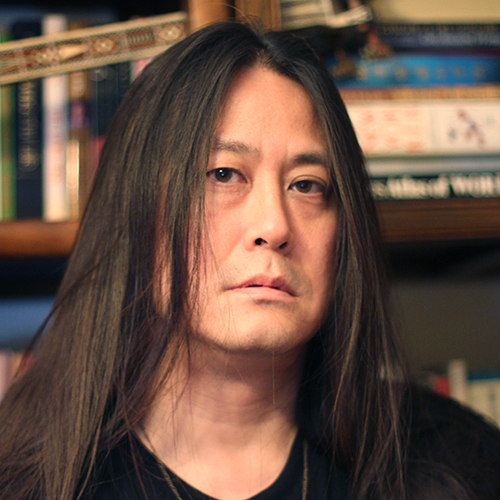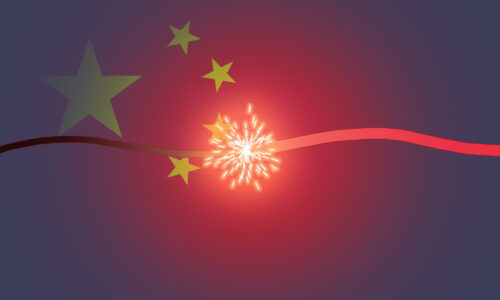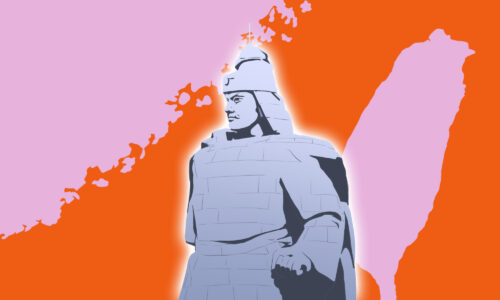The man who unified China and commissioned the Terracotta Warriors

This week’s column comes from two of Kaiser’s answers originally posted to Quora on February 24, 2011 and October 27, 2011:
For what is Qin Shi Huang (秦始皇) most well-known or remembered? What were his biggest contributions to China?
The founding emperor of the Qin Dynasty (r. 221 BCE to 210 BCE) Yíng Zhèng 嬴政, known to history as Qín Shǐ Huáng 秦始皇, is best known as the man who unified China after the long chaos of the Warring States period. By the time of his birth in 259 BCE, the literally thousands of feudal states of the Zhou Dynasty, which essentially collapsed in 771 BCE, had been narrowed down to seven kingdoms: Qi, Chu, Yan, Han, Zhao, Wei, and Qin. Qin, in modern-day Shaanxi Province (on the Wei River valley in western China) and centered near the city of modern Xi’an, was closely associated with the Legalist school of thought, which espoused that no man should be above the state, and that the ends of the state should supersede all else. During his reign as king of Qin, from 246 BCE, Ying Zheng successfully prosecuted wars against the other six states.
He is remembered as a brutal and ruthless tyrant who survived three well-known assassination attempts that have been portrayed in probably dozens of Chinese films. His contempt for other schools of thought that flourished in the Warring States period — a time when many political theories, from Confucianism to Mohism to Daoism, were current — was made famous in his “burning the books and burying the scholars,” which was just what it sounds like. He also connected numerous existing border walls in northern China into the first “Great Wall,” though it was a mostly tamped earth construction and not the impressive masonry wall you see today, which was built mostly during the Ming Dynasty (AD 1368-1644). He ordered the standardization of weights and measures, as well as the width of axles for chariots and carts; and he standardized the Chinese writing system (the “small seal” script). He also created the basic political institutions (six government ministries, the system of prefectures, many other features of the Chinese bureaucracy) that would characterize imperial China for 2,000 years.
He’s also well known for having pursued the elixir of immortality, dispatching an expedition of some thousand young men and an equal number of women in search of, legend has it, the “fairy islands” of Penglai, said to lie to the east off China’s shores. Some claim, probably erroneously, that they made landfall in Japan and became the ancestors of the modern Japanese.
Ying Zheng was succeeded by his son, who was equally brutal but lacked his father’s organizational capabilities. A rebellion began in 209 BCE, led by Xiang Yu, a noble of the Chu state; a rival rebel named Liu Bang, of much humbler origins, bested Xiang Yu in battle and founded the dynasty that would succeed Qin: the Han Dynasty, which would consolidate the institutions created by Qin and last considerably longer, until 9 AD, when it was toppled by a reform-minded minister. The Han was restored in AD 25 and continued officially until 220 AD.
You might also know Qin Shi Huang as the emperor who commissioned the enormous necropolis of Terracotta Warriors:
For the Xi’an traveler, learn about the man behind the Terracotta Army
Kuora is a weekly column.






